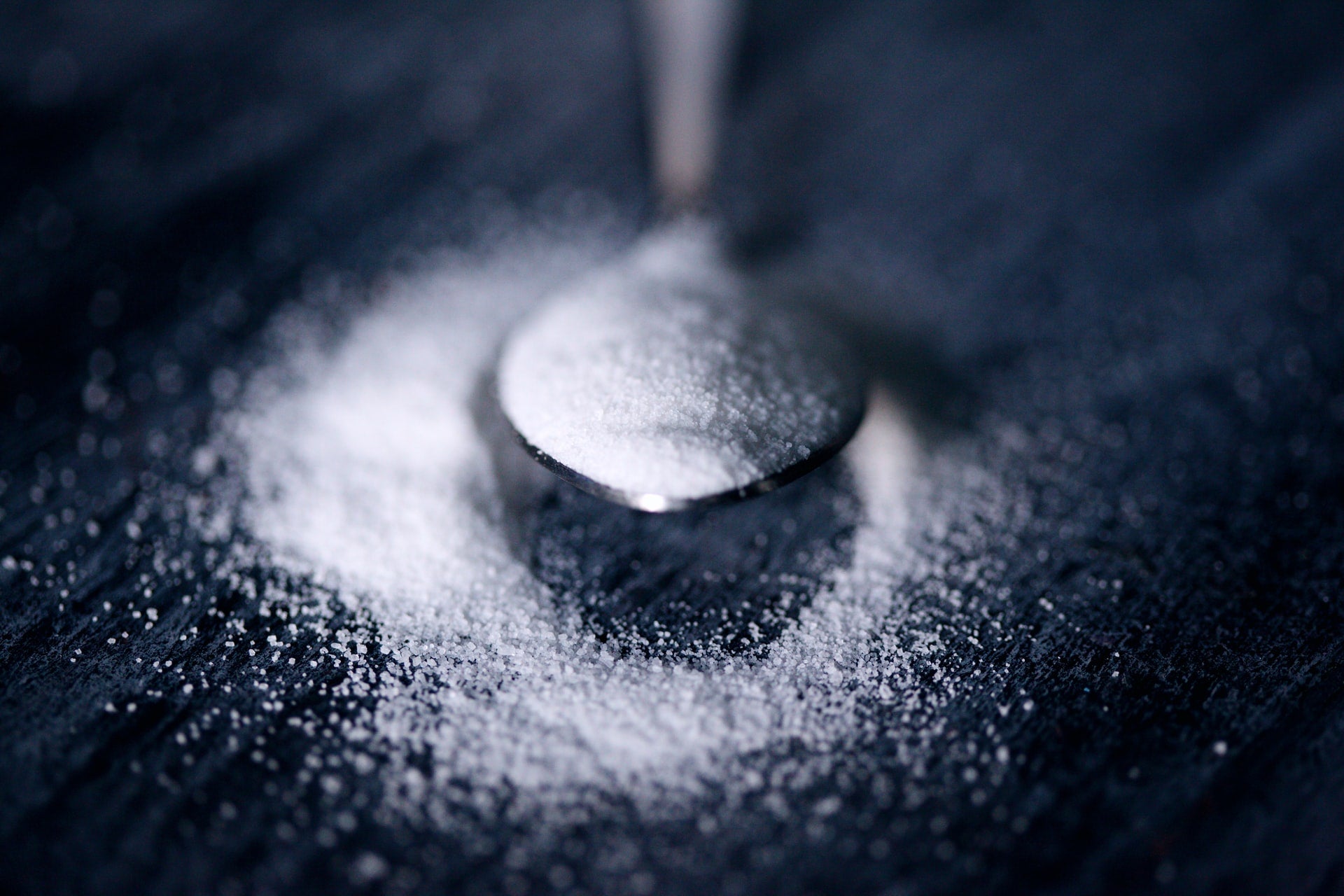Sugar & Lactic Acid
Your body needing sugar is no joke.
Low carb, fasting, and keto all simulate the metabolism of a cancer cell. Characterized by fatty acid oxidation, and excess lactic acid production.
Anything that interferes with the cells ability to oxidize glucose (sugar) will contribute to this effect.
According to 'The Randle Cycle', the cell will either preferentially use sugar, or fat for fuel, depending on which one it is given more of. The Randle Cycle can be competed for, and will choose fat in the context of a high fat:carb ratio in the diet or meal, and will choose sugar in the opposite scenario. You want it choosing sugar.
In the early 1900s, Otto Warburg observed that a key marker of cancer proliferation was high levels of lactic acid. What produces excess lactic acid? Fatty acid metabolism. What drives fatty acid metabolism? Low blood sugar. How to remedy that? By stabilizing blood sugar through eating sugar and protein, throughout the day.
I use the term sugar synonymously with carbohydrate, sucrose (white sugar), glucose, and fructose.
Starches like potato and rice are converted entirely into glucose when metabolized. Simple sugars typically are broken into a combination of glucose and fructose. Fructose does not require insulin in order to be used to make energy in the cell. Glucose does.
White sugar (sucrose) is just a 50/50 split of pure glucose/fructose. It is one of the easiest substances for the body to metabolize as energy. Demonizing it is completely misguided, and lacks basic understanding of physiology.
Having said that, there are no vitamins or minerals in white sugar, so it needs to be consumed in the context of a nutrient dense diet, as anything that raises energy metabolism, also raises vitamin and mineral requirements.
"... because 'sugar feeds cancer.' This is often, incorrectly, said to be the meaning of Warburg's demonstration that cancer cells have a respiratory defect that causes them to produce lactic acid from glucose even in the presence of oxygen. Cancer cells use glucose and the amino acid glutamine primarily for synthetic purposes, and use fats as their energy source; the growth stimulating effect of the ‘essential fatty acids' (Sueyoshi and Nagao, 1962a; Holley, et al.,1974) shows that depriving a tumor of those fats retards its growth (Omega 3)."
- Ray Peat PhD - Cancer: Disorder and Energy
Carbon Dioxide
CO2 - a result of oxygen consuming, sugar burning energy production in the cell.
If excess lactic acid is implicated in pathology like the cancer metabolism, how do we keep it under control?
The answer is carbon dioxide. And how do we create more carbon dioxide? By eating carbohydrates.
Carbon dioxide, along with ATP (the energy/heat molecule, must be bound to Magnesium), and water, are all the result of efficient energy metabolism of glucose.
Carbon dioxide is what allows hemoglobin to release oxygen to the cells. This is called the Bohr Effect. No carbon dioxide = no oxygen utilization.
When you have less oxygen utilization, from less co2, you get an anaerobic fermentation style of metabolism. What does this produce? Lactic acid. Its a slippery slope.
The best way to produce more CO2 is by eating a diet that supports the metabolism, with sugar and protein throughout the day.
Other great tips for CO2 production/lactic acid reduction are:
1. Magnesium Bicarbonate - Bicarbonate will actually dissociate into CO2 in the body. So along with being the most effective way to take Magnesium, Mg Bicarb is also a great CO2 supplement.
2. Methylene Blue - Methylene Blue has a strong ability to reduce lactic acid, by reducing the ability of enzyme Lactate Dehydrogenase (LDH), and increasing oxidative metabolism.
3. Sodium Bicarbonate Baths - adding baking soda to a bath will increase the amount of CO2 in the water, and can be delivered to your tissues through the skin.
References:
1. Ray Peat Phd. Cancer: Disorder and Energy
http://raypeat.com/articles/articles/cancer-disorder-energy.shtml
2. Combining lipoic acid to methylene blue reduces the Warburg effect in CHO cells: From TCA cycle activation to enhancing monoclonal antibody production.
https://www.ncbi.nlm.nih.gov/pmc/articles/PMC7162497/
3. The Randle cycle revisited: a new head for an old hat.
https://journals.physiology.org/doi/full/10.1152/ajpendo.00093.2009



Comment1
I have a question about MB:
Is MB potential not good for you being that it is synthetic? I’ve been using it since 2022 and love it but I get asked this question by crunchy people I recommend it to and I don’t really know how to answer this. What makes MB good if it is synthetic? Help!!!